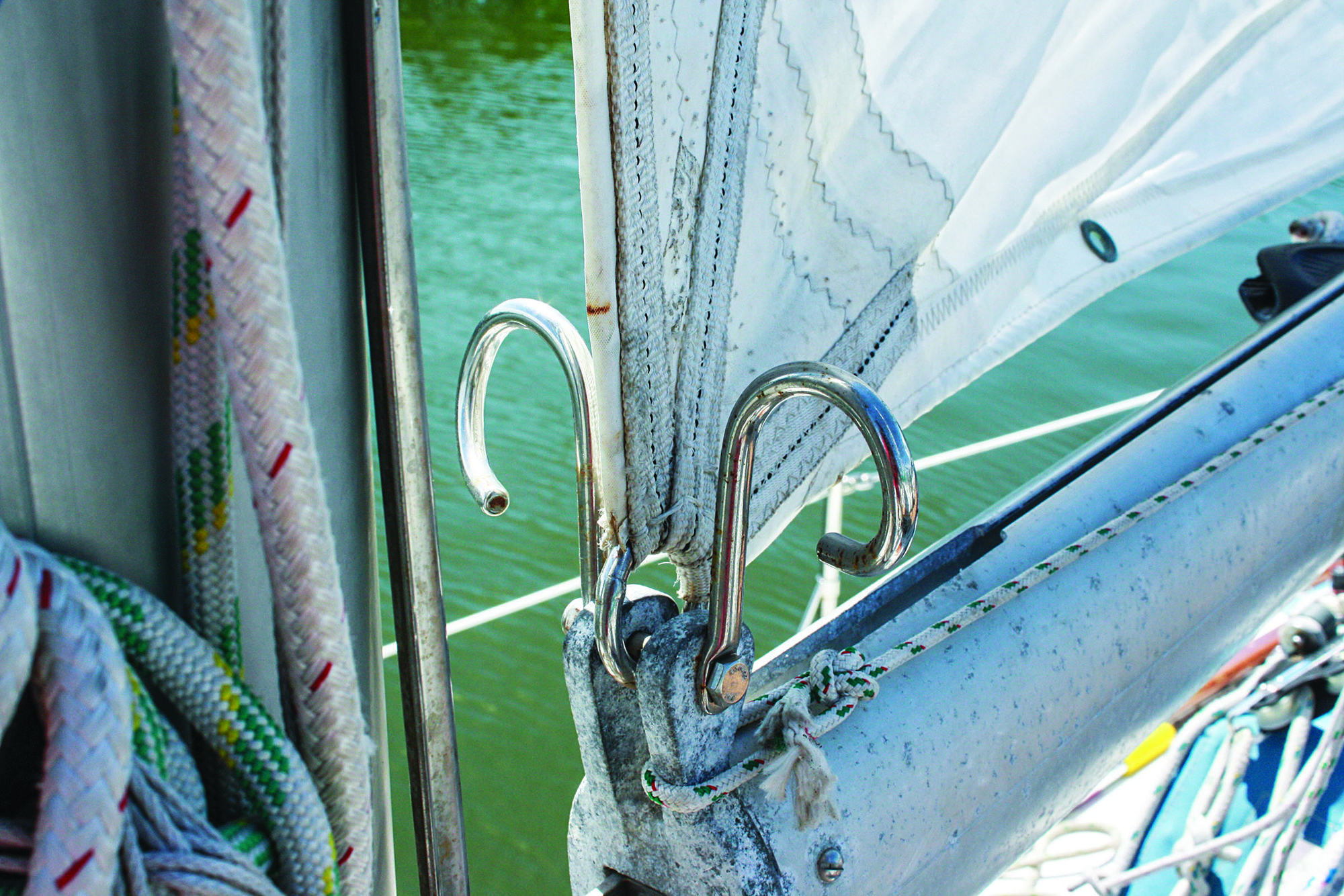


In fact, the simplest sailing craft does away with the boom entirely.
#SAIL BOOM CLEW SLUG FULL#
The boom swings to the other side with the full force of the wind and gives you a nice tap on the head. An easy way to remember the boom is to picture what happens when you quickly shift heading and forget to move your head out of the way. Some people speculate that the word came from the early use of Lateen rigs in the middle east, while others attribute the term to colloquial sailor-talk. The origins of the term "boom" in the sailing world are unclear. Fiberglass booms are common on smaller sailboats, though aluminum is the most prevalent boom material. Carbon fiber is strong and extremely light, and it makes an excellent boom material. High-end vessels and racing sailboats sometimes use carbon fiber booms. Traditional wooden booms require frequent maintenance, but they're strong and proven. Early sailing vessels used spruce and other strong woods. Hollow aluminum booms are strong, affordable, and relatively lightweight. Most modern fiberglass sailboat booms are made of aluminum. This allows the boom to control the lateral position of the mainsail. The bottom portion of the mainsail, which is called the foot, mounts lengthwise to the boom. While under sail, the boom is rigged to move side to side. It's connected using a set of links, a swivel, or a gooseneck allowing it to move freely in all directions. On a sailboat, the boom is attached to the lower part of the mast.


 0 kommentar(er)
0 kommentar(er)
